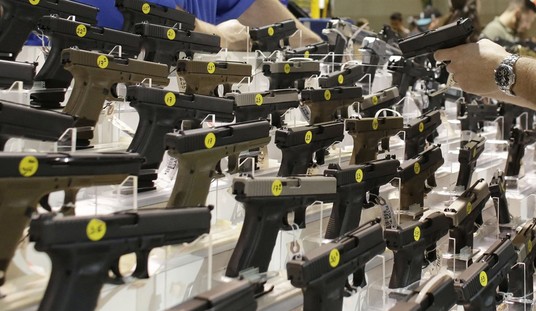Maybe I’m odd, but if I’m a SWAT commander or police chief and a sniper under my command nearly killed an unarmed suspect due to a negligent discharge, I would think that was a pretty big deal.
The Idaho Falls Police Department didn’t publicly disclose that a member of its SWAT team accidentally fired his rifle near the end of an hours-long standoff in August.
Police Chief Mark McBride said he didn’t think it was necessary to report to accidental discharge since no one was injured. The target of the standoff, however, said he believes he was injured by either the bullet or shrapnel caused by it. McBride said the department has made “no finding” regarding how the suspect, Rory Neddo, received a minor injury to his hand.
…
The accidental discharge of a high-powered rifle isn’t referred to in the single police report contained in the public court file and wasn’t publicly disclosed by the department until the Post Register asked about it specifically.
The details of the accidental discharge are contained within a supplemental report filed by Sgt. Shane Kaiser six days after the incident. Kaiser, the officer who accidentally fired the shot, reported that he was in the turret of a department Humvee behind the house when it happened.
CS gas, also known as tear gas, had been introduced into the attic of the house “to push (Neddo) to the lower level,” Kaiser wrote. Neddo was “very agitated.”
“Without warning, the back door opened up,” Kaiser wrote. “I was still in the turret of the Hummer, and I removed the safety of my .308 rifle. My only defense against receiving hostile fire from the suspect was to be in a position to prevent him from firing on me first.
“I aggressively pulled the rifle into my shoulder as my bipod slid on the top of the Hummer. I was attempting to steady my shooting position in case he engaged me from the now open (door). When I pulled the rifle into my shoulder, I did so by clasping the hand grip, pulling it toward me. I inadvertently pulled the trigger, causing the rifle to discharge.”
Crime scene photos show the bullet hit the frame of the the door which Neddo had just opened. Bullet fragments were recovered from the wall behind the doorway.
In a jailhouse interview, Neddo claimed that he was grazed either by a bullet fragment or shrapnel resulting from the bullet hitting the door frame, and he showed a small scar below his palm, the spot where he said he was hit. Crime scene photos show blood which could have come from the wound on a door frame inside the house. A police report describes the injury as a scrape.
Sgt. Kaiser took the safety off of his .308 precision rifle—which tend to have light and short trigger pulls—and instead of keeping his finger high on the frame of the rifle, he put his finger on the trigger while maneuvering the rifle.
As the negligent discharge was close to the suspect, an Internal Affairs investigation should have immediately been launched according to the department’s own policies. Instead, Police Chief Mark McBride has brushed off the shooting as a nearly insignificant accident.
McBride said there is no particular reason why the department hasn’t made the accidental discharge public in the three months following the incident.
“It just hasn’t been addressed,” he said.
Asked if it is important to notify the public when an officer discharges his weapon, McBride said if someone were seriously injured, it would be important, but it was not important to do so in this case.
“That’s very important, if you injure somebody,” he said. “But just an accidental discharge, I don’t think so.”
I, for one, wouldn’t feel comfortable living in a community where the police chief so flippantly dismisses a negligent discharge that very easily could have killed the suspect if the bullet had been just two feet to the side.








Join the conversation as a VIP Member